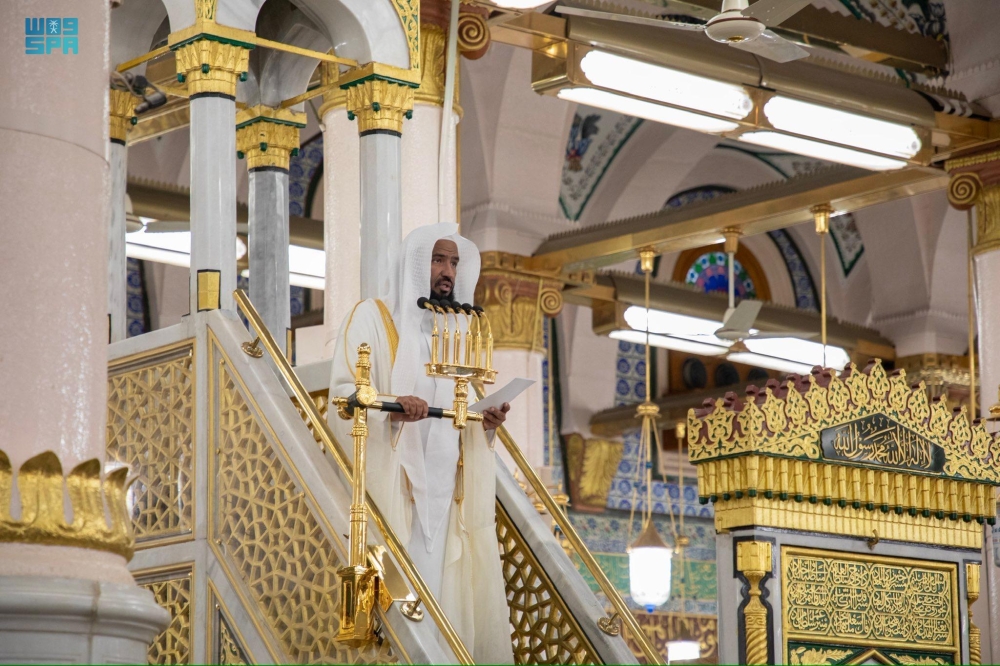

The inscriptions and lines that adorn the walls of the Prophet’s Mosque represent a unique blend of artistic beauty and the eloquence of the Arabic language, serving as a timeless testament to the magnificence of Islamic art and the richness of its civilizational heritage.
The lines drawn on the walls of the Prophet’s Mosque are among the most splendid examples of Arabic calligraphy, characterized by the beauty of their composition and the precision of their arrangement. These inscriptions hold verses from the Holy Quran, prophetic sayings, and the beautiful names of Allah, reflecting the spirituality of the place and enhancing its reverence in the hearts of people.
These texts are distributed with engineering



